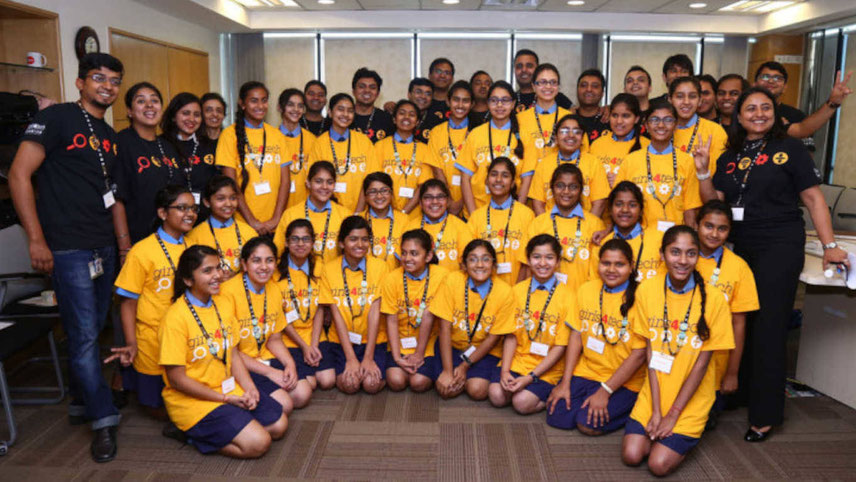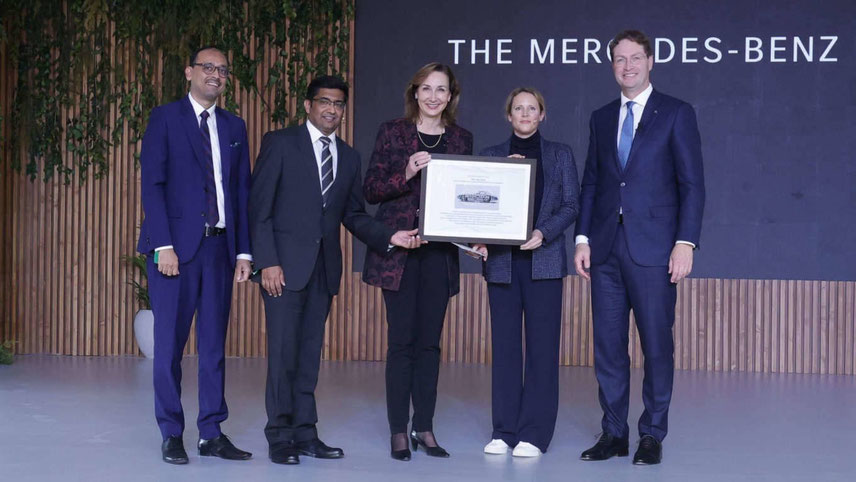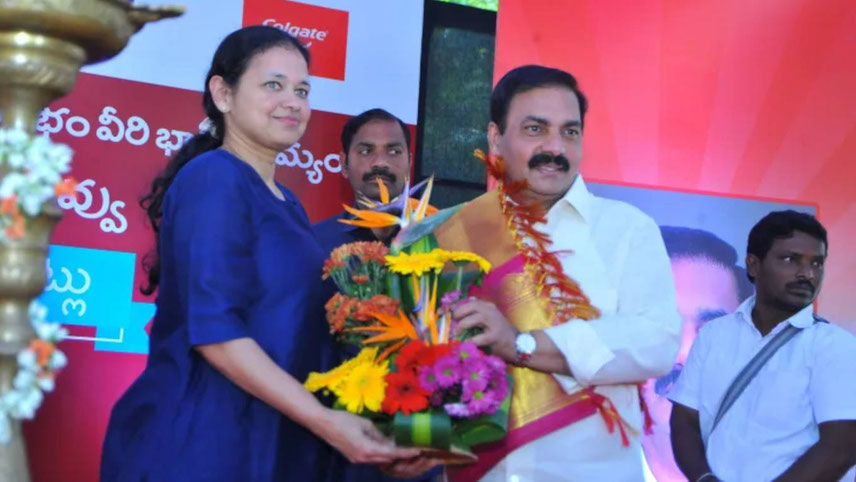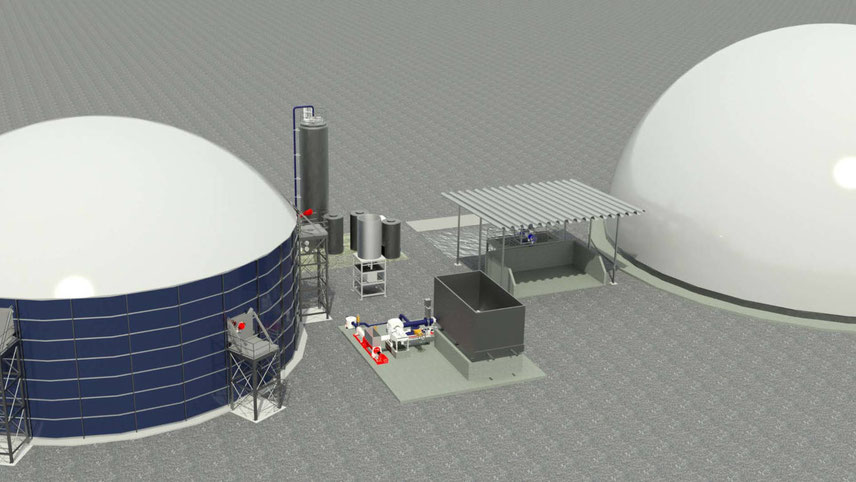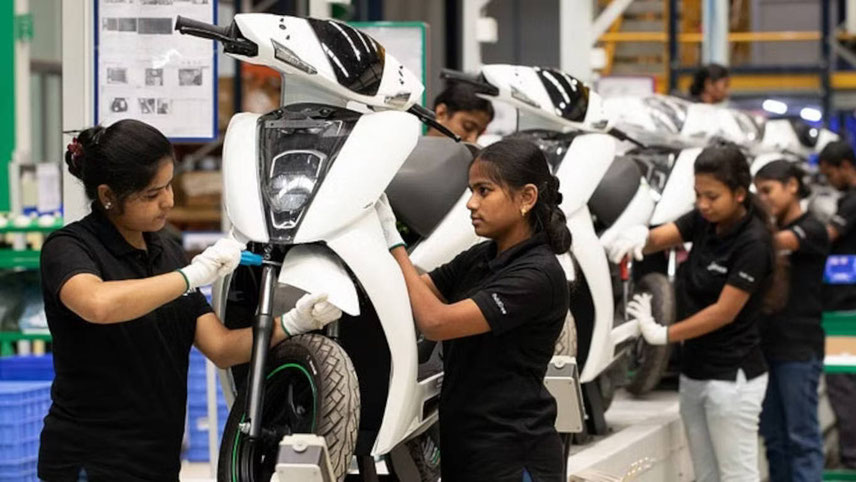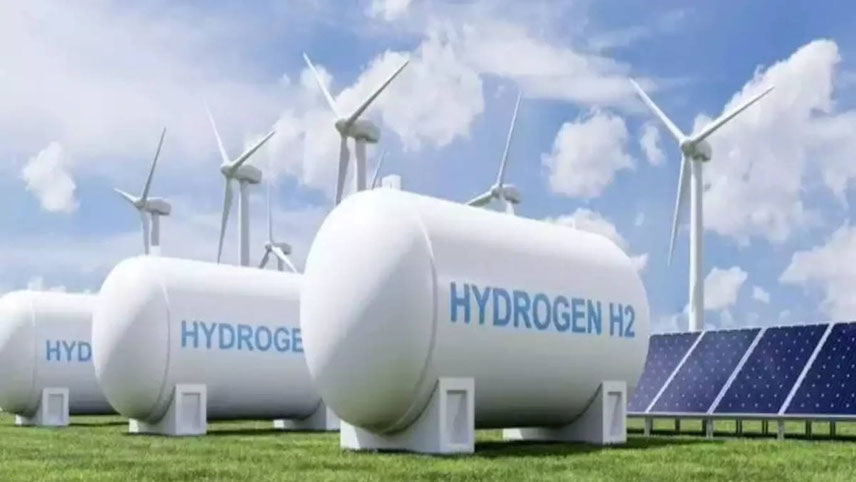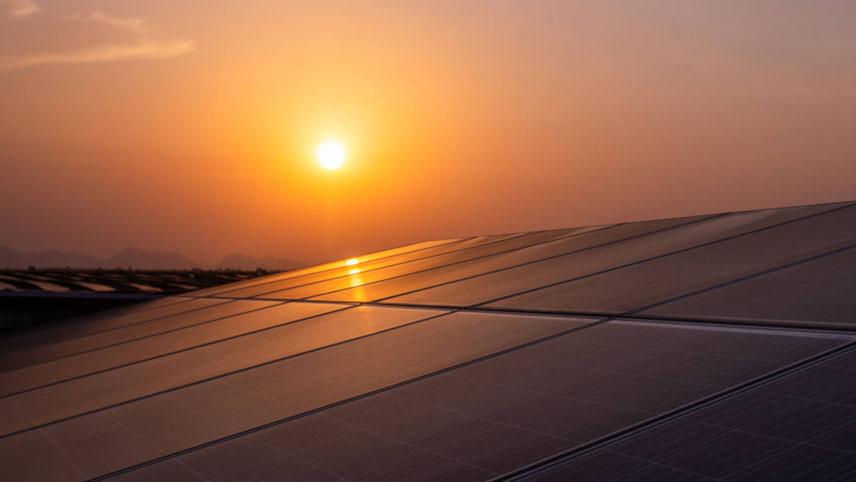Making India a self-reliant nation by boosting the domestic steel and manufacturing sectors – possible policy reforms that will make it truly Atmanirbhar. What is your view? In the past few years, the government has taken a lot of measures to support a self-reliant India, especially around schemes for the MSME sector, start-up India and the spate of infrastructure projects announced. Going forward the liquidity to the MSME sector will certainly aid the programme for a self-reliant India. On zinc especially, India is self-reliant and we are fully capable of meeting our requirements. We produced 770 KT Zinc in FY22 with a domestic demand of 630 KT. What is the impact of China on the global business and commodities market? The recent economic numbers published for the Chinese economy are not very encouraging and clearly show the impact of Covid-related restrictions. Demand is certainly sluggish at the moment. However, we believe that this is only a temporary phase as fundamentals for most major commodities are very strong as global stockpiles are quite low. Hence, we are keeping ourselves prepared for a surge in demand once lockdown conditions are eased in China What does the government need to do to stem imports? The CEPA with Japan and Korea is for other products too, so should zinc be excluded? India has invested very heavily in building a huge capacity for mining and smelting and it is today fully capable of meeting 100 per cent of the domestic demand of 630 KT. However, despite the available capacity, India imports around 150 KT on an average from nations with free trade agreements with it. These are nations with no captive mines or raw material and work on conversion from concentrate to zinc metal with very little value addition. We really need to look into our FTA framework and include the right value addition norms for such imports. How has Covid-19 changed the supply-demand dynamics for the Indian zinc market? With global trade coming to a near standstill, and rupee depreciation, do you think this would also be a great opportunity to grab market share back from imports? Certainly, post Covid times have been favourable times for us. We are running at the highest ever primary market share of 83 per cent. The global supply chain disruption has definitely aided this feat. But, apart from the same, we have also elevated our customer service levels through supply reliability. Covid also made us realise the importance of going digital and we launched our e-commerce portal ‘Vedanta Metal Bazaar’ last year with the vision to be 100 per cent online. We have found exceptional adoption of this new digital platform by our customers and we hope to continue this journey to a greater ease of doing business with us.
-

Misra: On zinc India is self-reliant and we are fully capable of meeting our requirements




























